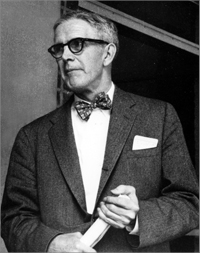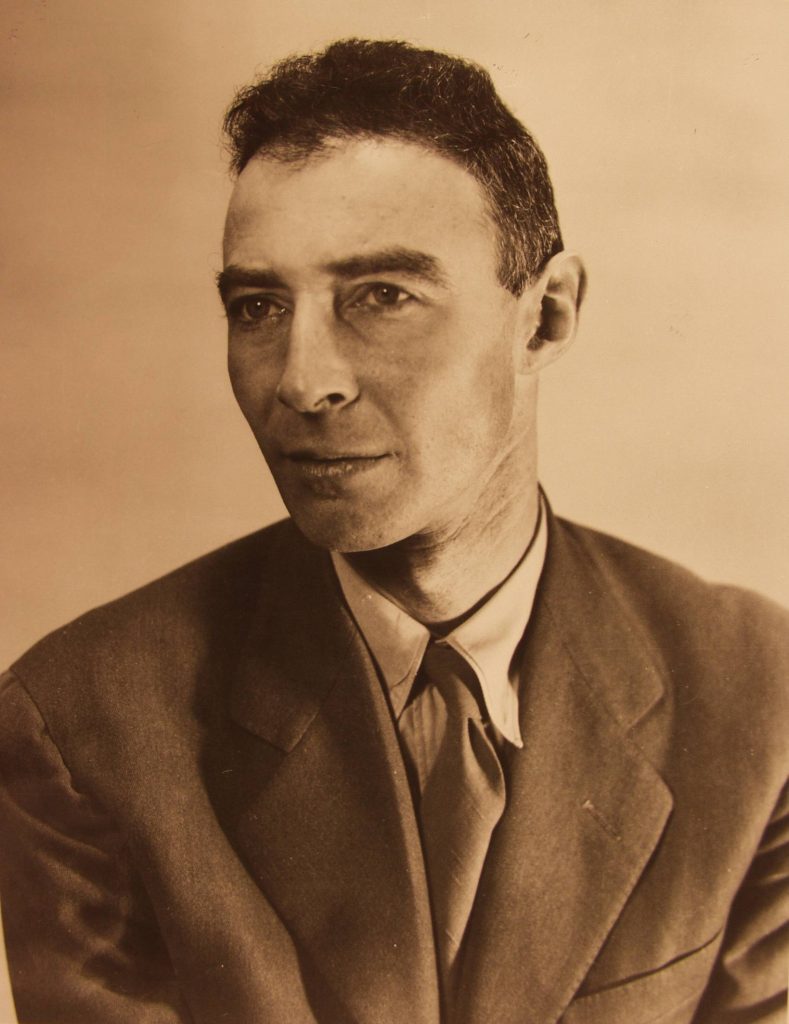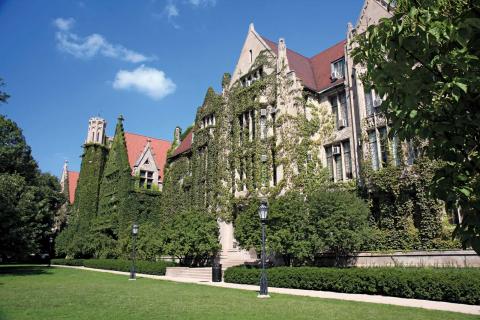University Laboratories
In the late 1930’s and early 1940’s, the vast majority of scientific research was conducted at colleges and universities across the United States. When the Uranium Committee was formed in October of 1939, several laboratories already had experience working on related research, and several university laboratories were using a variety of accelerators. Foremost among these were the Berkeley Radiation Laboratory (commonly referred to as the “Rad Lab”) at the University of California at Berkeley, the SAM Laboratory at Columbia University in Manhattan, NY, and the Chicago Met Lab. These three formed the core of early uranium research and were known collectively as the “Metallurgical Project”.
In addition to carrying on much needed research, these “university partners” also provided much of the manpower at the secret laboratory at Los Alamos, NM. J. Robert Oppenheimer, after having been selected as the scientific director of the new lab, embarked on a mission to recruit the best minds in the country. With Robert Serber, who had returned to the University of California to help Oppenheimer with the theoretical calculations, Oppenheimer discussed “whom it might be lovely to have in the team and how one man’s brilliance might mobilize another’s rather more pedestrian abilities,” Oppenheimer’s secretary, Priscilla Duffield, recalled. Oppenheimer wrote James B. Conant, the head of The National Defense Research Committee (NDRC), at the end of November 1942, “The job we have to do will not be possible without personnel substantially greater than we now have available, and I should only be misleading you and all others concerned with the project if I were to promise to get the work done without this help.”
Recruiting Scientists

In an early recruiting effort, Oppenheimer drafted the team led by Robert Wilson at Princeton that had been working on an electromagnetic isotope separation scheme called the isotron. This team was under the direction of Henry DeWolf Smyth, a physics professor at Princeton, NJ. Ernest O. Lawrence, convinced that his calutron electromagnetic separation system would be more successful, had closed down the project. Wilson recalled, “We became then what I suppose is the worst of all possible things, a research team without a problem, a group with lots of spirit and technique, but nothing to do. Like a bunch of professional soldiers, we signed up, en masse, to go to Los Alamos.”
Unfortunately, no one had told their former commander. Henry DeWolf Smyth protested to James B. Conant about the highjacking of his best physicists, and Conant told Oppenheimer that henceforth he would approach department heads and laboratory directors before Oppenheimer made his raids. “Once we got the clearance from the top man in each organization who was likely to kick,” Conant recalled, “then Oppenheimer would approach the man directly and try to sell him on the idea. If there was reluctance, Groves or I or both of us would then write a letter to the man in question, telling him just how important it was for him to make this sacrifice for the war effort.” This appeal was not always successful. As Oppenheimer told Conant in January 1943, of the men he had approached, only Robert Bacher, a Cornell physicist on leave to the MIT Radiation Laboratory in Cambridge, MA, had agreed to come.
Robert Bacher agreed to leave MIT and head the Experimental Physics Division of the new laboratory, and simultaneously submitted his resignation. Isidor I. Rabi refused to leave the Radiation Laboratory at MIT in Cambridge, MA, but served as a consultant to the Los Alamos laboratory. Hans Bethe left Cornell University to head the Theoretical Division. Delayed by his work at the Chicago Met Lab, Enrico Fermi did not arrive until 1944, when he became head of the new Fermi (F) Division.

The challenge of recruiting these senior scientists prepared Oppenheimer for the task of staffing the Laboratory. J. Robert Oppenheimer crisscrossed the country adding to his team. To Robert Serber, Edwin McMillan and the other UC Berkeley theorists were added Emilio Segre and J.W. Kennedy and their experimental groups from the Berkeley Radiation Laboratory at the University of California at Berkeley. Felix Bloch, Hans Staub, and their group came from Stanford; Marshall Holloway and his group from Purdue University; Victor Weisskopf from the University of Rochester; Donald Kerst from the University of Illinois; and E.A. Long from Columbia University in Manhattan, NY. Conant expedited the transfer of Robert Christy, Darol Froman and Alvin Graves from the Metallurgical Laboratory at Columbia. John Manley and Robert Serber arrived from the University of Illinois, followed by Washington University theorist Edward Teller, and University of Chicago experimentalist Samuel Allison. Richard Feynman arrived from Princeton, NJ.
Stocking the Laboratories
In addition to scientific personnel, the university partners also provided much needed experimental equipment and laboratory apparatuses. Physicist Robert Wilson of Princeton University, who was to take charge of the cyclotron brought from Harvard for the project, recalled, “Almost straight away we were in a we-they situation. …There was a lieutenant colonel in charge of putting in the facilities for the building housing the cyclotron. On my first visit, I spotted that the wires bringing in the power were too small; the cyclotron was off to the side some way from the power house and there was bound to be a voltage drop. Well, I pointed out the mistake to this colonel and that the wiring would have to be redone, and he decided that things had gone too far and that he was going to make a fight. Oppenheimer had to write a letter to Groves about it, and eventually this officer was shipped off to the South Pacific.”
The other accelerators presented similar challenges to the military-industrial mind. University of Illinois physicist John Manley arranged to provide a Cockcroft-Walton accelerator from the University of Illinois and two Van de Graaff electrostatic generators from the University of Wisconsin for the measurement of nuclear constants.
[The text for this page was taken and adapted from an article by Bob Seidel for the Los Alamos National Laboratory’s 50th anniversary series, “‘Military Laboratory’ Evolves into Academic Outpost, Los Alamos National Laboratory, 1993].





